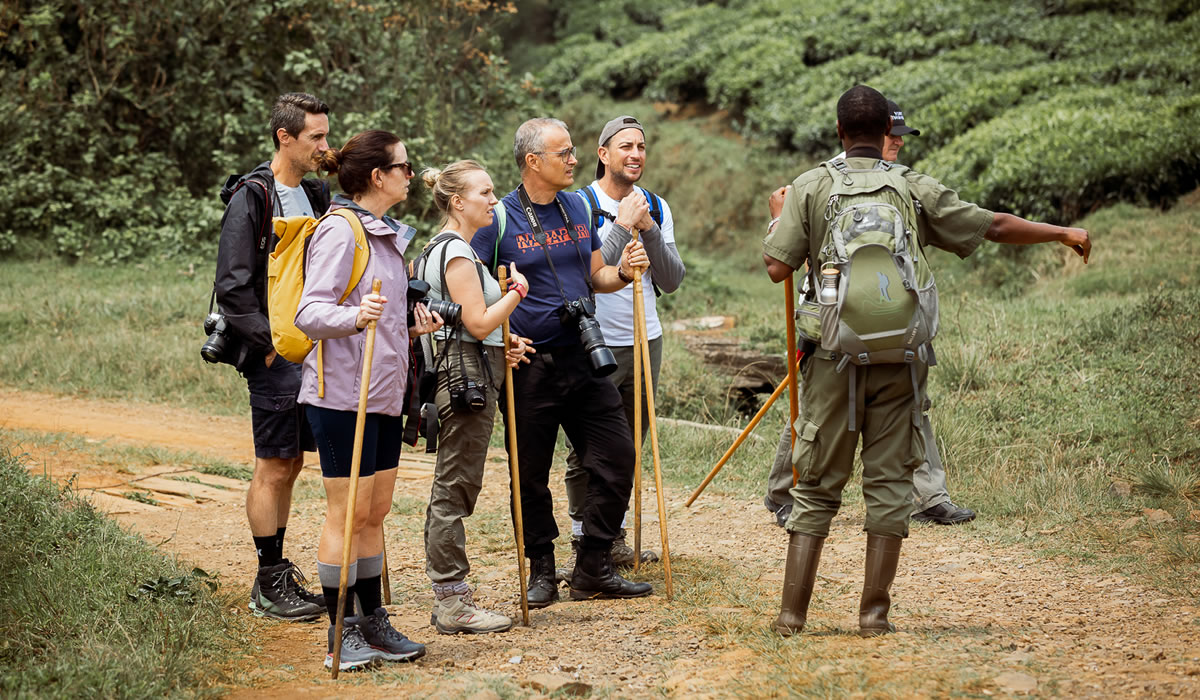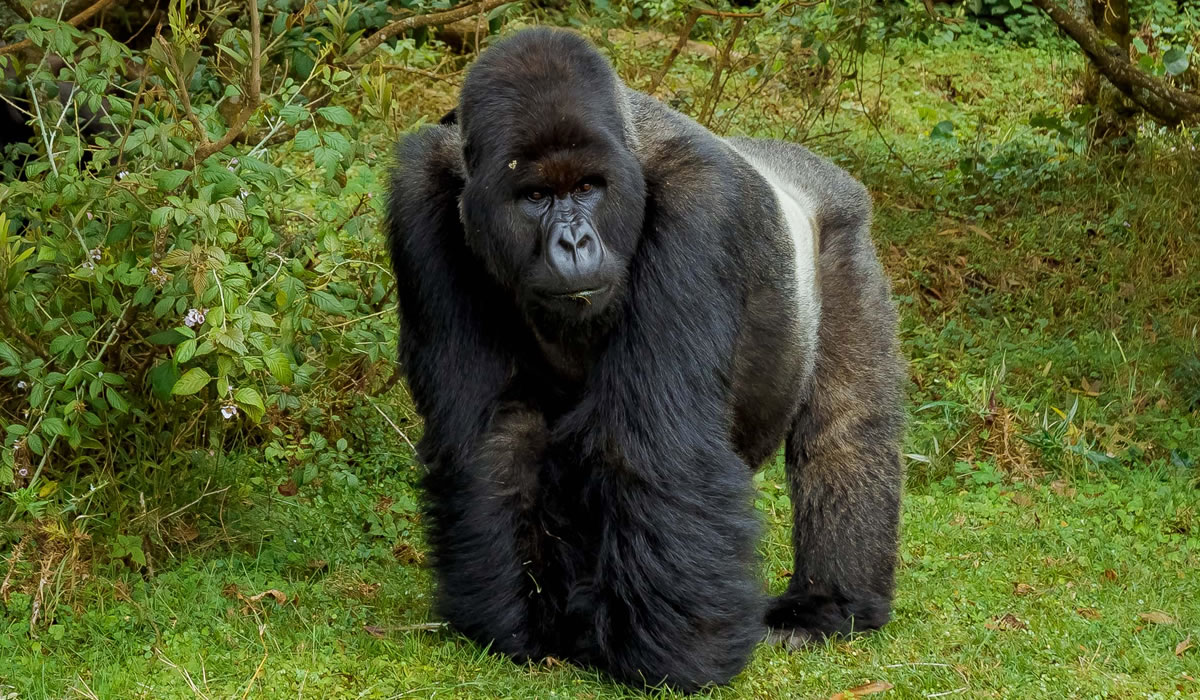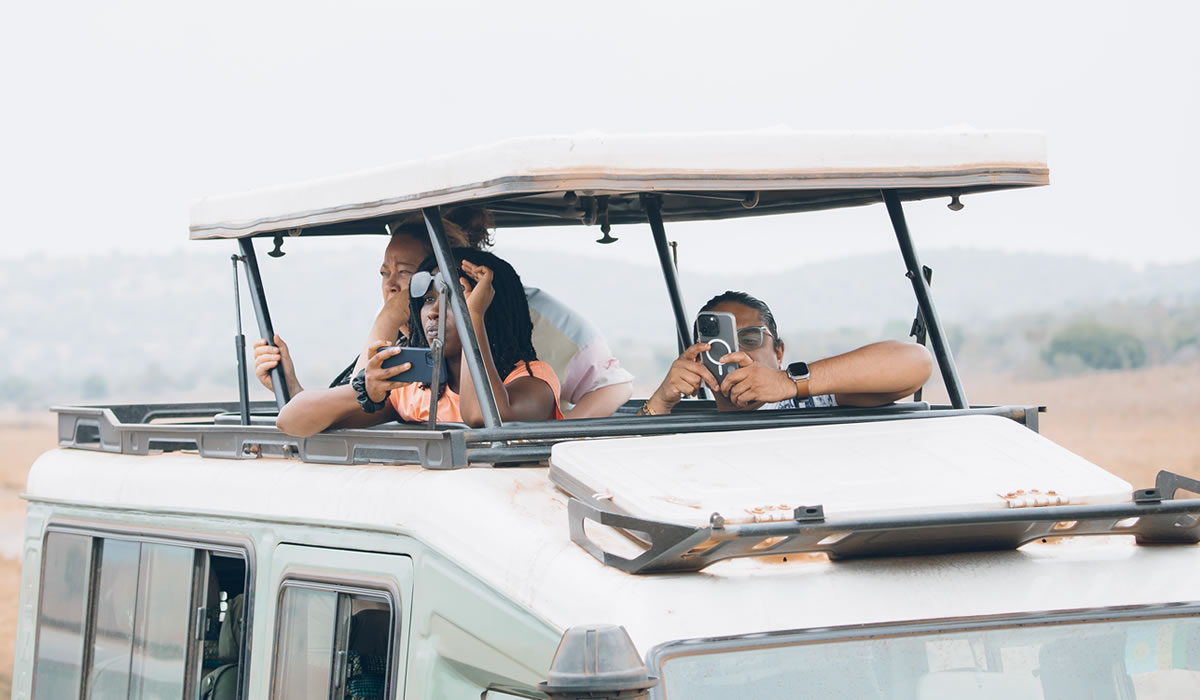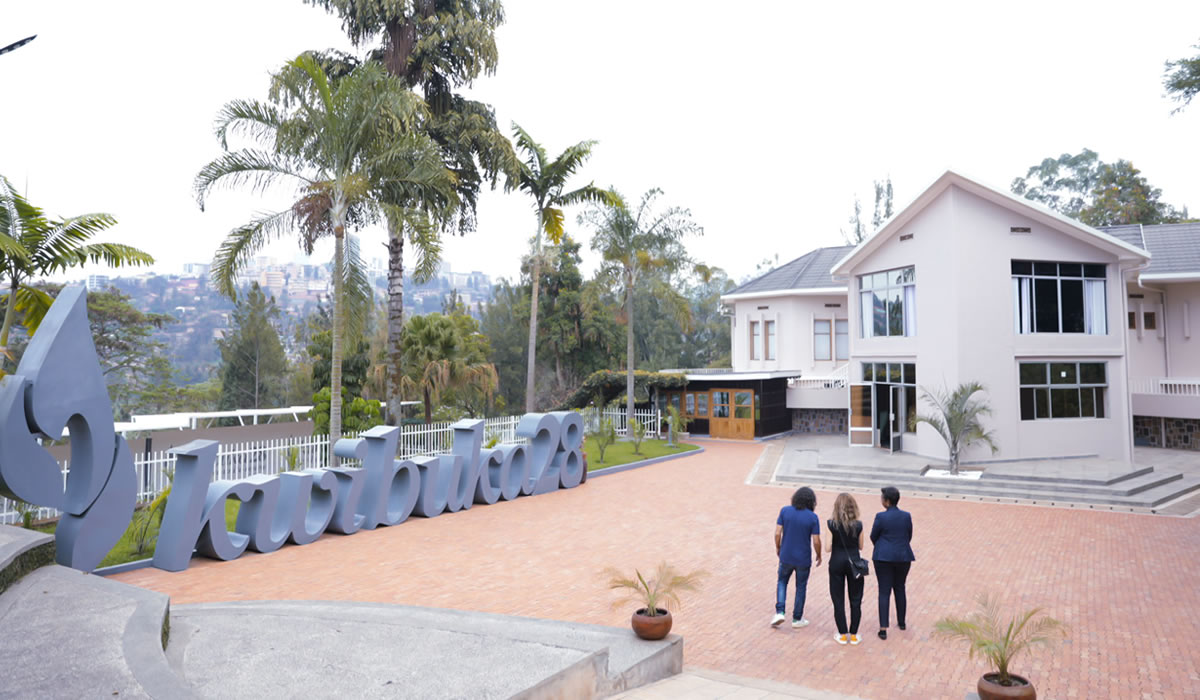Rwanda has become one of the world’s most celebrated destinations for gorilla trekking. Nestled in…
Best Time of the Year to Visit Rwanda

Rwanda offers travellers a unique blend of natural beauty, wildlife, and culture. From the misty mountains of Volcanoes National Park to the sparkling shores of Lake Kivu, Rwanda’s landscapes are diverse and captivating year-round. However, understanding the best time to visit Rwanda is crucial for maximizing experiences such as gorilla trekking, wildlife safaris, cultural tours, and nature exploration. The country’s climate, rainfall patterns, and tourism seasons influence the accessibility of attractions and the overall quality of a trip.
Rwanda experiences a tropical climate moderated by its high altitude, which results in relatively mild temperatures throughout the year. Daytime temperatures typically range between 18°C and 27°C, while evenings can be cooler, especially in the mountainous regions. Unlike regions with extreme seasonal variations, Rwanda’s weather is generally pleasant year-round, making it accessible for travellers at almost any time. However, the timing of your visit can significantly affect the ease of travel, wildlife sightings, and trekking conditions.
The dry seasons are widely considered the best times to visit Rwanda, particularly for outdoor activities and wildlife experiences. The primary dry season occurs from June to September, followed by a shorter dry period from December to February. During these months, the weather is characterized by minimal rainfall, clearer skies, and firmer hiking trails, which are ideal conditions for gorilla trekking in Volcanoes National Park. The dry season also makes it easier to explore other national parks, such as Akagera and Nyungwe, for safaris, chimpanzee trekking, and birdwatching. Travel during these periods ensures safer roads, more accessible trails, and a generally more comfortable journey.
Gorilla trekking, one of Rwanda’s main attractions, benefits particularly from dry season conditions. In the wet months, trails in Volcanoes National Park can become muddy, slippery, and challenging to navigate, which can extend hiking times and increase the physical effort required. During June to September and December to February, the forest floor is more stable, and visibility is generally better, making it easier to track gorillas and golden monkeys. Moreover, the likelihood of encountering these primates near accessible paths is higher, as they tend to remain in areas less affected by heavy rain. Travellers seeking the ultimate gorilla trekking experience often plan their visits during these months to combine adventure with comfort.
For wildlife enthusiasts planning a safari in Akagera National Park, the dry season also offers the best opportunities for game viewing. As water sources shrink during these months, animals congregate around lakes, rivers, and wetlands, making sightings more frequent and predictable. Lions, elephants, giraffes, zebras, and even the rare black rhinos become easier to spot, and game drives are generally more enjoyable due to better road conditions. Photographers particularly benefit from dry season safaris, as clearer skies and golden sunlight enhance the quality of wildlife and landscape photos.
While the dry seasons are ideal for trekking and safaris, the rainy seasons from March to May and October to November have their own advantages. The rains transform Rwanda’s landscapes into vibrant green vistas, with blooming flowers, flowing waterfalls, and rejuvenated vegetation. For nature lovers and photographers, the lush scenery during the rainy months is unparalleled, providing stunning backdrops for landscape photography. Nyungwe National Park, with its dense rainforest and rich biodiversity, becomes particularly spectacular during the rains, although trekking may require more effort and appropriate gear such as waterproof clothing and boots.
Another consideration when planning the best time to visit Rwanda is tourism crowd levels and costs. The dry season, being the peak travel period, often sees higher prices for accommodations and gorilla trekking permits, as well as increased demand for flights. Advanced booking is essential during these months to secure gorilla permits and lodges, particularly in high-end options near Volcanoes National Park. Conversely, visiting during the rainy season can offer lower prices, fewer crowds, and a more intimate experience with nature, making it appealing for travellers seeking tranquility and budget-friendly options.
Cultural experiences and festivals also influence the ideal timing for a visit. Rwanda celebrates events such as Kwita Izina, the annual gorilla naming ceremony, usually held in September. This festival is not only a celebration of wildlife conservation but also an opportunity for travellers to engage with local communities, learn about gorilla protection efforts, and enjoy cultural performances. Attending such events can add a unique dimension to a Rwanda safari, making certain months particularly special for visitors interested in combining wildlife tourism with cultural immersion.
Lake Kivu and surrounding regions are accessible year-round, but the dry months offer more comfortable conditions for water activities such as boating, kayaking, and swimming. The calmer waters and clear skies enhance scenic views of the lake and nearby volcanic hills. Travellers seeking relaxation alongside wildlife adventures will find that combining a stay at Lake Kivu with dry-season treks and safaris provides a balanced itinerary of adventure and leisure.
It is also important to consider regional variations in climate within Rwanda. The western highlands, including Volcanoes National Park, are cooler and receive more rainfall than the eastern Savannah regions, such as Akagera. This means that while one area may be experiencing wet conditions, another region could still offer favourable weather. A well-planned itinerary can take advantage of these variations, allowing travellers to enjoy gorilla trekking in the west while experiencing sunny safari drives in the east.
Ultimately, the best time to visit Rwanda depends on the traveler’s priorities. For those focused on gorilla trekking and wildlife safaris, the dry seasons from June to September and December to February provide optimal conditions. Nature enthusiasts, photographers, and travellers seeking lush landscapes may prefer the rainy months from March to May and October to November. Regardless of timing, Rwanda offers a range of experiences that are accessible year-round, and every season brings its own distinct charm and opportunities.
Planning a visit around the right season enhances both comfort and the likelihood of successful wildlife encounters. It also allows travellers to fully appreciate Rwanda’s breathtaking scenery, rich biodiversity, and vibrant culture. By understanding the climate patterns, tourism seasons, and regional differences, visitors can make informed decisions and maximize the value of their trip. Rwanda’s compact size makes it possible to experience multiple attractions, from gorilla trekking and chimpanzee encounters to lakeside relaxation and cultural tours, within a single journey.
Rwanda’s growing popularity as a safari and eco-tourism destination is a testament to its natural and cultural wealth. Careful planning regarding the best time of year to visit ensures that travellers enjoy a seamless, enriching, and unforgettable experience. Whether seeking adventure, relaxation, wildlife encounters, or cultural immersion, Rwanda delivers memorable moments that reflect the country’s diversity, resilience, and charm.
In conclusion, while Rwanda can be visited at any time due to its mild climate, the dry seasons offer the most favourable conditions for outdoor activities, gorilla trekking, and safaris. The rainy seasons, however, provide lush landscapes and fewer tourists, appealing to travellers who value scenic beauty and tranquility. Understanding these seasonal variations helps visitors tailor their itineraries to suit their preferences, ensuring that every journey through Rwanda is both enjoyable and unforgettable. With its combination of adventure, wildlife, culture, and stunning landscapes, Rwanda stands out as one of Africa’s most versatile and rewarding travel destinations.



